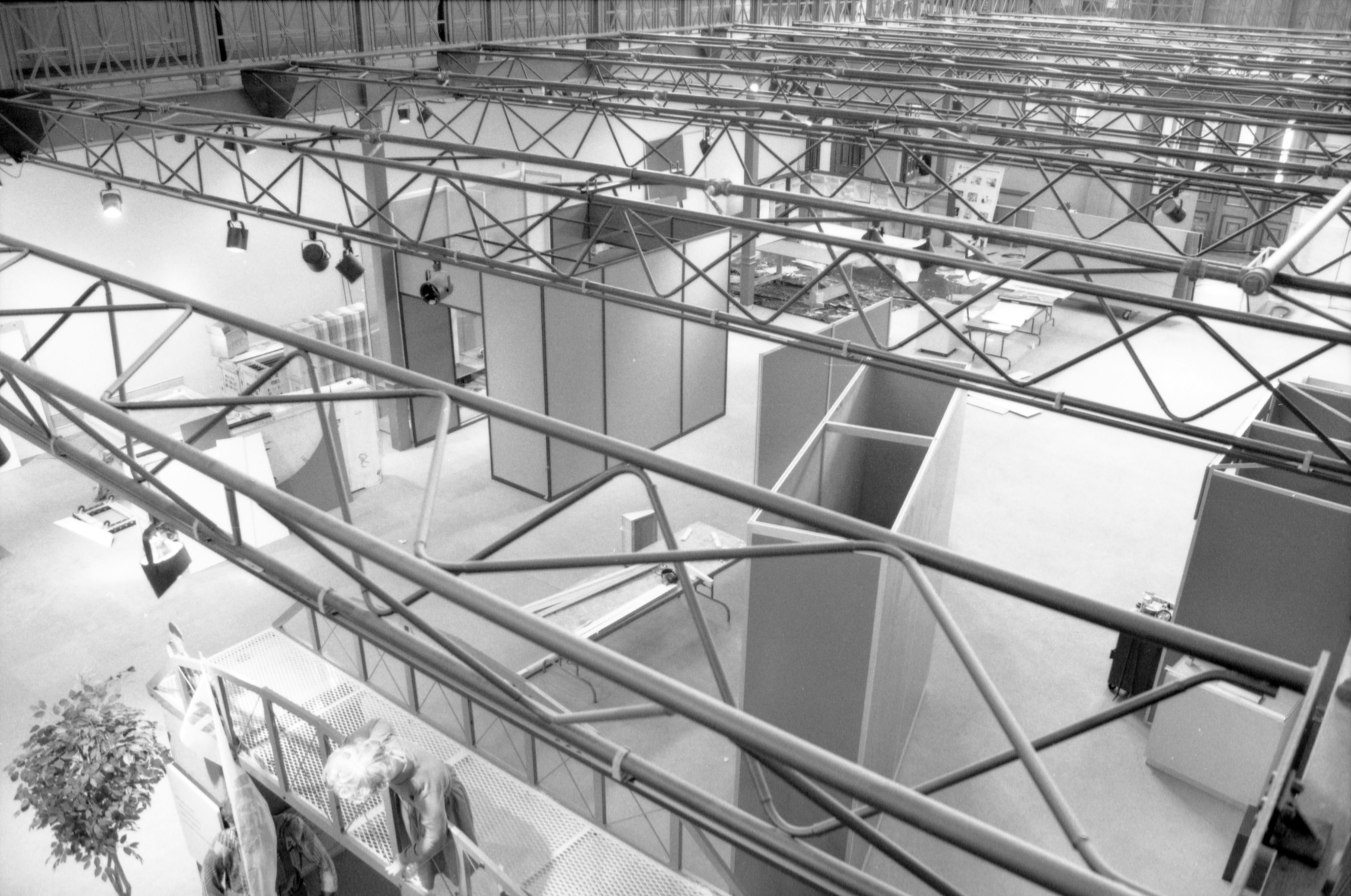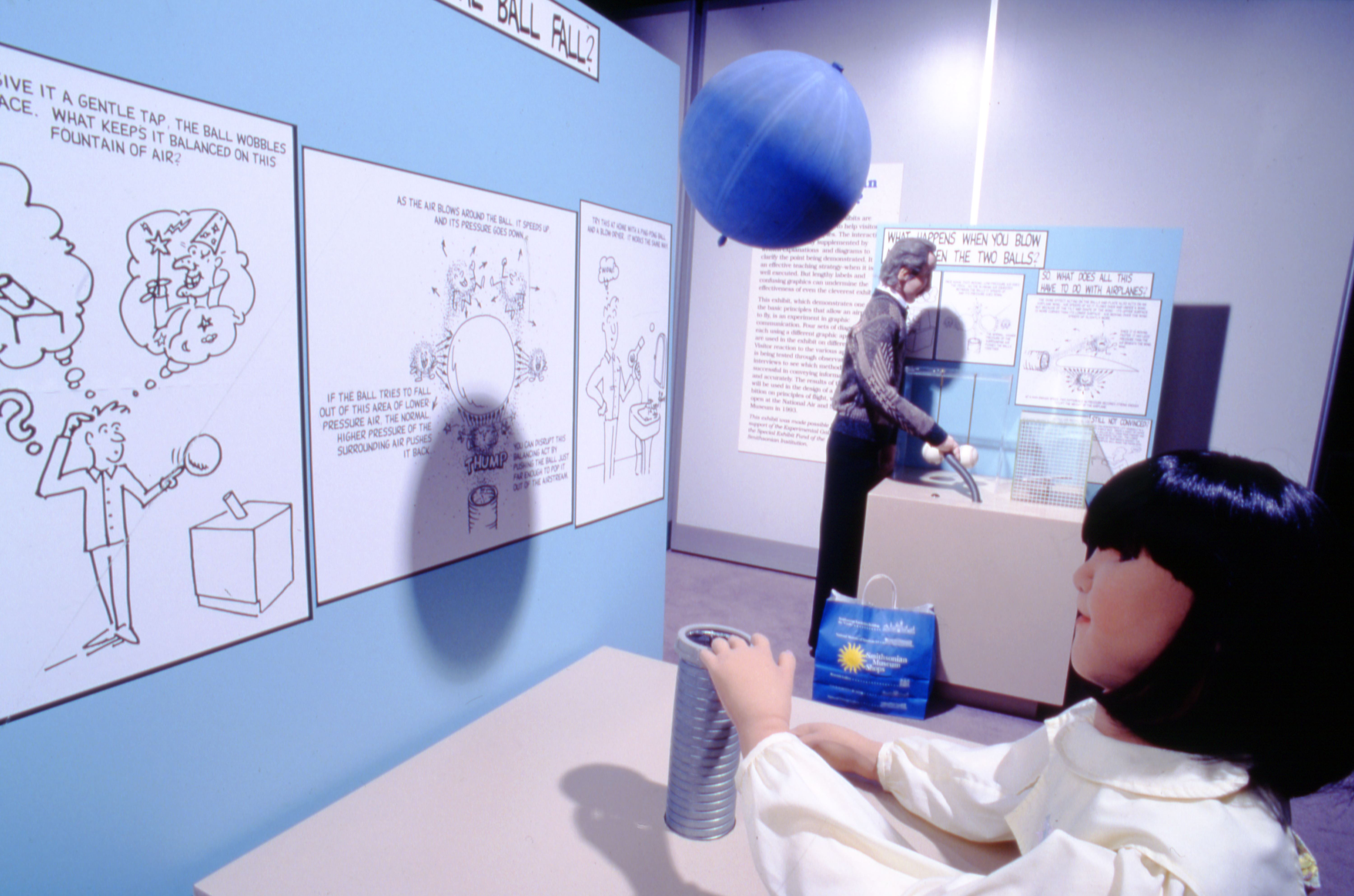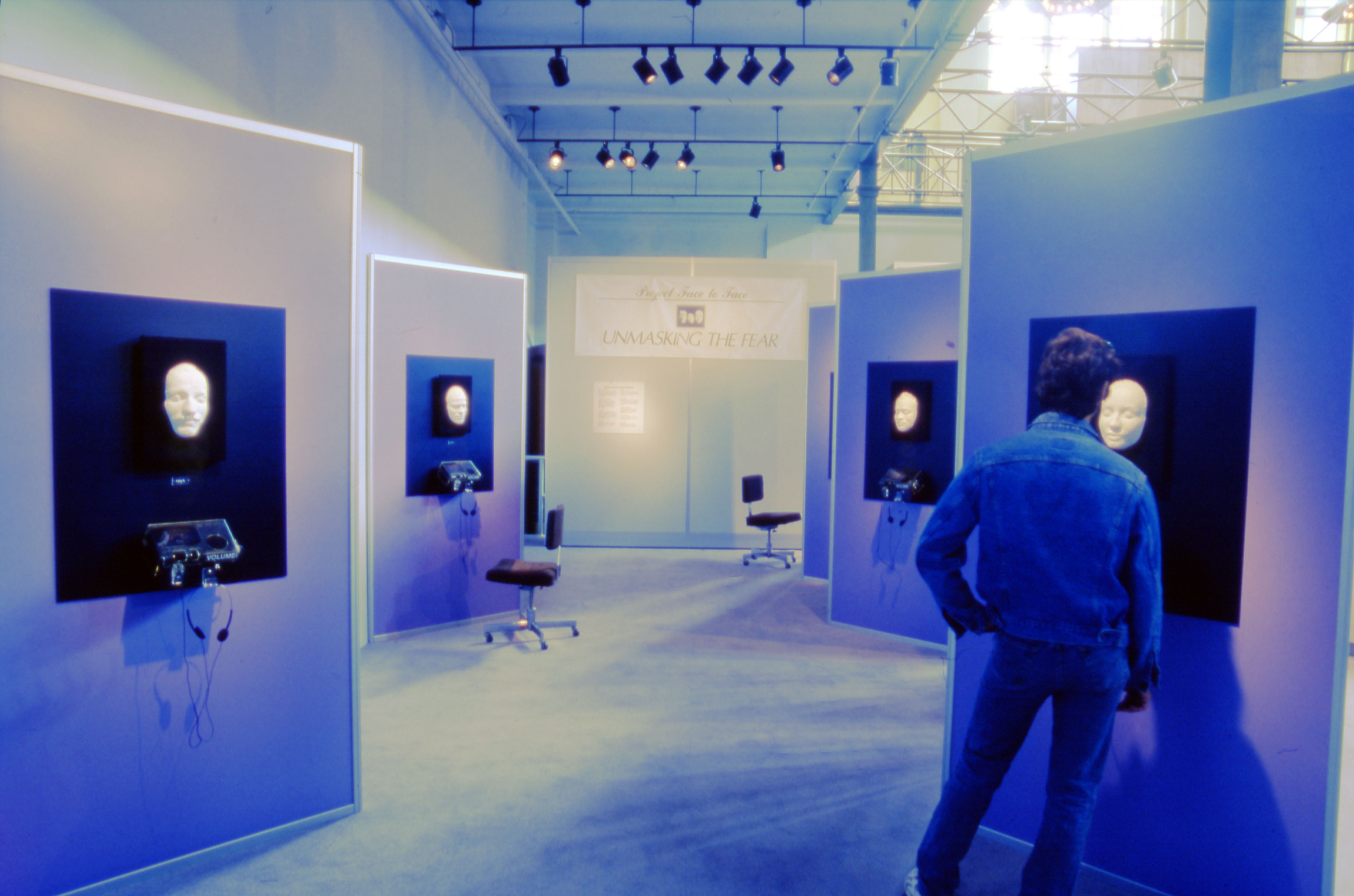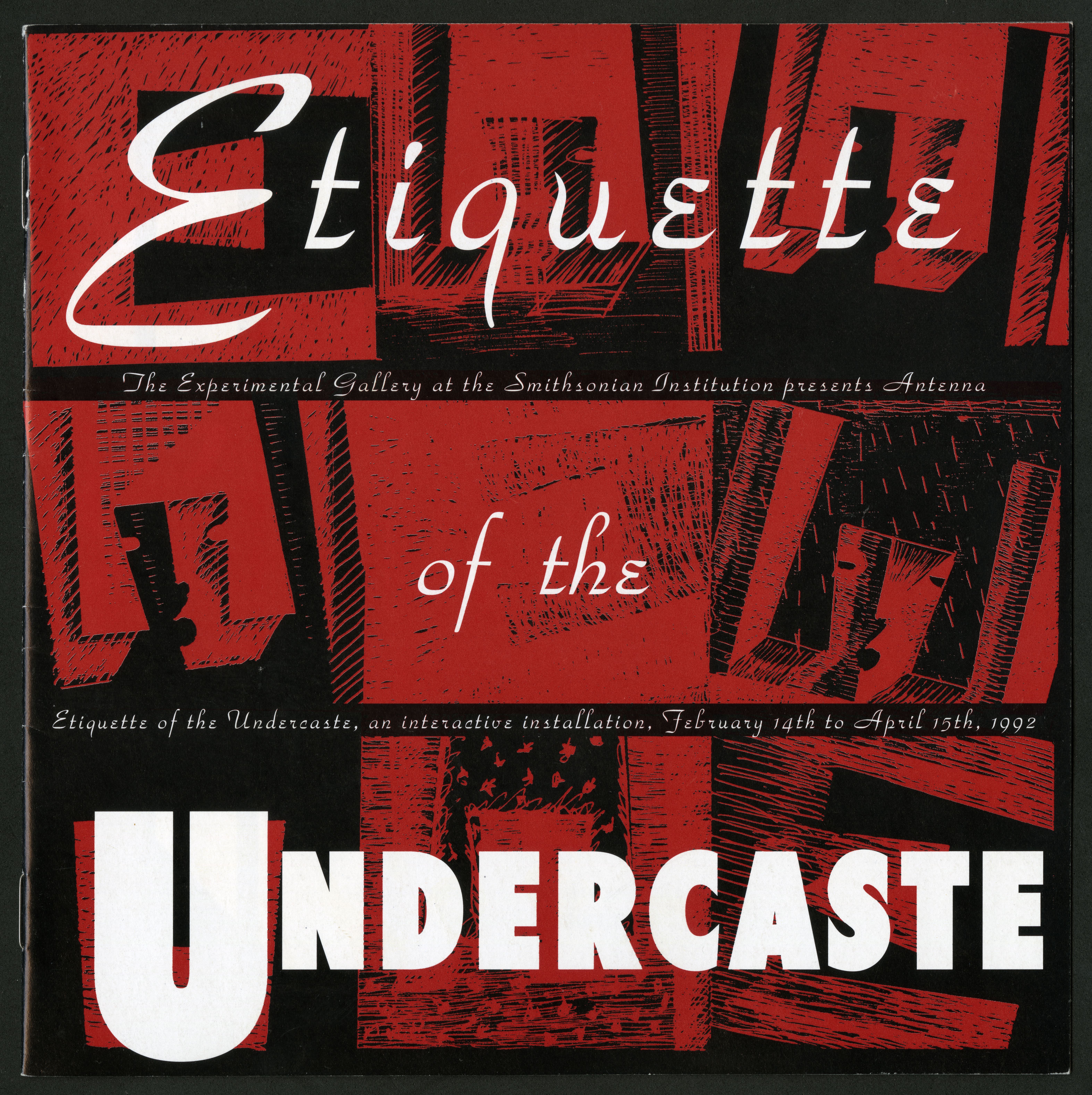From his arrival at the Smithsonian in 1984, Secretary Robert McCormick Adams felt the Institution needed to challenge visitors to wrestle with societal ills of the 1980s; that the United States was still "marred by striking inequalities in opportunity, and by the persistence of racial, ethnic and gender stereotypes, that museums can play an important part in dispelling" and that the "Smithsonian must strive for sensitivity to the conditions, needs and aspirations of the multiple and growing audiences it has an obligation to reach."
To accomplish this, Secretary Adams asked staff to produce and reinterpret exhibits that appealed to the broadest audience possible, incorporated a cross-disciplinary approach to exhibits, enhanced visitor experiences and services based on researched demographics, and improved the balance of programs for minorities.
However, Adams was faced with the largest complex of museums that did not lend itself to innovation and experimentation; exhibits were planned years in advance and at a high-cost for durability and large audiences. As a result, Adams developed the concept of an “experimental gallery” with shorter venues, low-tech approach, and an experimental ethos.
Adams’ tasked Assistant Secretary for Museums, Tom Freudenheim, with conceiving the Experimental Gallery. His vision was to create a "place where the Smithsonian and outside institutions could explore new ideas, as well as new techniques, for installation and interpretation. We envisioned it to be a place where the field might learn from our experiences and where change could be rapidly implemented."
In May 1989, Kimberly Camp, a practicing professional artist who had served on the Pennsylvania Council on the Arts as director of the Minority Arts Services program and the Artists in Education Program, was hired to direct the Experimental Gallery.
After 18 months of preparation, on February 1, 1991, the 7000 square foot Experimental Gallery opened in the Arts & Industries Building on the National Mall. Its inaugural exhibits were: Casitas: An Urban Cultural Alternative; Project Face to Face; and Principles of Flight.
From 1991-1994, the Experimental Gallery put on eighteen exhibitions including interactive exhibits in the physical and natural sciences, and multicultural exhibitions in the arts and humanities.
Through the exhibits at the Experimental Gallery, visitors had more intimate access to museum objects; experienced opportunities for informal, self-directed learning; found organized areas for family and inter-generational and inter-cultural learning; and participated in a setting in which to encounter new and sometimes disturbing ideas that could challenge their beliefs and emotions. The experimental museum space continues today at the Arts and Industries Building, as it has played host to a variety of innovative programs since the fall of 2015; including the Smithsonian Asian Pacific American Center's "Crosslines Culture Lab," a creative convening of artworks, performances and dialogues that explore identities in intersection; and "The Long Conversation," which featured more than 25 leaders from the arts and sciences in a relay of two-person dialogues that focused on what makes them optimistic about the future.
Currently on view at the Smithsonian Institution Archives is the exhibition: Designed for Change: The Experimental Gallery, 1991-1994, which features historic images of The Experimental Gallery.
Related Collections
Produced by the Smithsonian Institution Archives. For copyright questions, please see the Terms of Use.









Leave a Comment